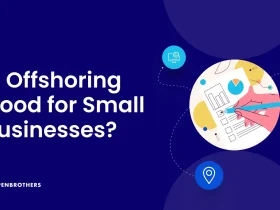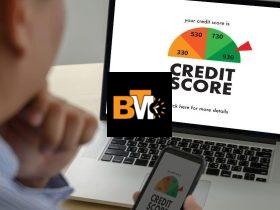Chargebacks are never good news for any type of business. Although a company can do its best to reduce chargebacks, there is no way to eliminate them completely. With that in mind, let us look into its details: what are chargebacks, and how can we practically reduce them?
What is a Chargeback?
When a customer buys a product or service from your company through a pdq machine, here’s how the transaction gets processed:
First, it gets approved by the customer’s bank, and then the funds get transferred to the business’s merchant account. The funds remain in the merchant account for a fixed period before they get transferred to the business’s main account. During this time, the customer’s bank can initiate the process to reverse the money back into the customer’s account because of reasons like fraudulent activity or dissatisfaction with the services received. This process is called a chargeback and it costs a business its time and money.
Purpose of chargebacks
Chargebacks are a means to provide customer protection to credit card holders by their banks. The concept was first introduced in the UK in 1974, 8 years after the first credit card launch in the UK.
Chargeback vs refund
The main difference between a refund and a chargeback is who initiates the process. A chargeback is initiated by the customer while a refund is initiated by the business itself. Another difference is the involvement of banks. In a chargeback, the customer’s credit card bank disputes the transaction and claims to get its money back. However, it’s not necessary for a bank to be involved during a refund process. It remains just between the business and its customer.
Types of Chargebacks
Here are the main types of chargebacks:
Merchant error chargebacks
As the name suggests, these chargebacks result from a mistake made by the business itself. Like the business overcharged their customer, caused by a technical or human error. Or maybe the business accidentally charged a customer twice during a purchase.
Chargeback fraud
Chargeback fraud occurs during an unauthorized purchase made from a credit card. Like if a credit card holder lost their card and someone else made a transaction. If not physically losing a card, someone got their credit card information hacked, so even though they have their card, someone else can still make an online payment from it.
Friendly fraud
Friendly fraud is usually the most common type of chargeback that businesses have to deal with. Legitimate chargeback fraud is less hectic to deal with for businesses as compared to friendly fraud.
Friendly chargebacks occur when a customer doesn’t like their product, the product is different from its description, someone in their family made the payment that they didn’t consent to, like young children, or they never received the product, and many more.
Can Chargebacks Be Eradicated Completely?
Since actual credit card fraud occurs with people, chargebacks cannot be eradicated completely as it is a means for credit card holders to have protection in case of fraudulent activity. That’s why businesses should strive to reduce chargebacks. 1% of the total transactions is an ideal percentage for chargebacks.
8 Ways to Prevent and Reduce Chargebacks
Write accurate product descriptions
When customers order from your website, they want to receive the same product. Make sure you post accurate product pictures on your online shop.
Confirm orders from customers
It’s always the best idea to confirm orders from your customers before you process them. In this way, you can reduce the chances of friendly fraud chargebacks.
Provide good customer service
As a business, you should try to give top-notch customer service to your customers so they can resolve the issue with you first before disputing the payment through a bank.
Deliver on time and track shipments
If you don’t have a tracking system on your shipments, you should consider setting one up. This will help you track if a shipment gets lost in the way. You can also keep a check on whether a customer actually received their shipment.
Setup a clear refund policy
Doing a refund is better than processing a chargeback. Yes, you lose your revenue in both, but in the case of a refund, you can save on your time and money that gets wasted when processing a chargeback.
Use secure payment methods
To prevent scams and fraudulent credit card activity, set up fraud detection tools on your end like AVS and CVV certification.
Be accessible to your customers
In addition to having customer support with a quick response time, you should also be accessible for your customers. Consider having flexible exchange policies so your customers can purchase another product from your shop instead of initiating a chargeback.
Monitor transactions for potential fraud
You can be proactive and track your transactions to detect any unusual activity. Like, before processing a bulk order, you can get in contact with your customer to confirm if they actually placed it.
Additionally, if you notice an order placed from an unusual address like a country where you don’t find your usual customer base, it’s always a good idea to get in touch with your customer and confirm it.
Apply the above-mentioned tips to reduce your chargeback fee. If you need assistance for choosing the right card machine for your business, ComparedBusiness is here for help.







Leave a Reply